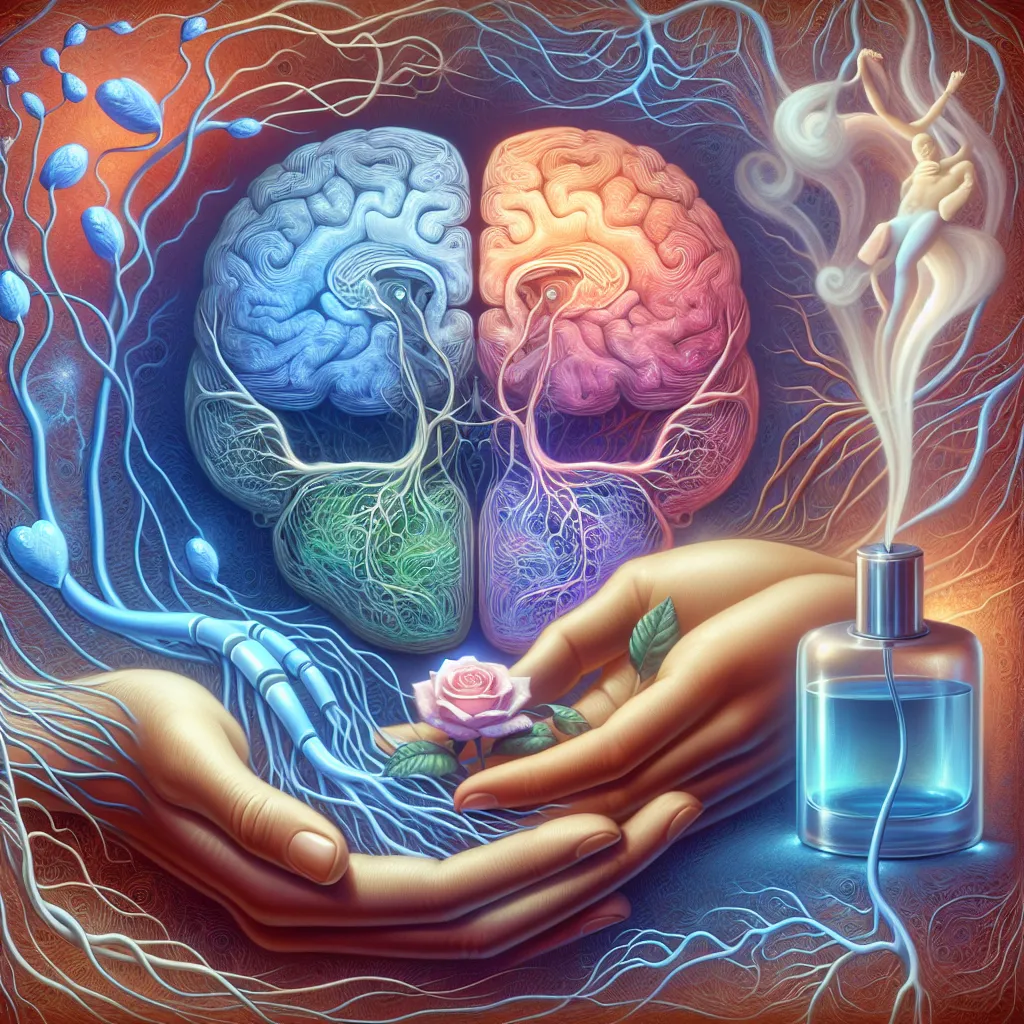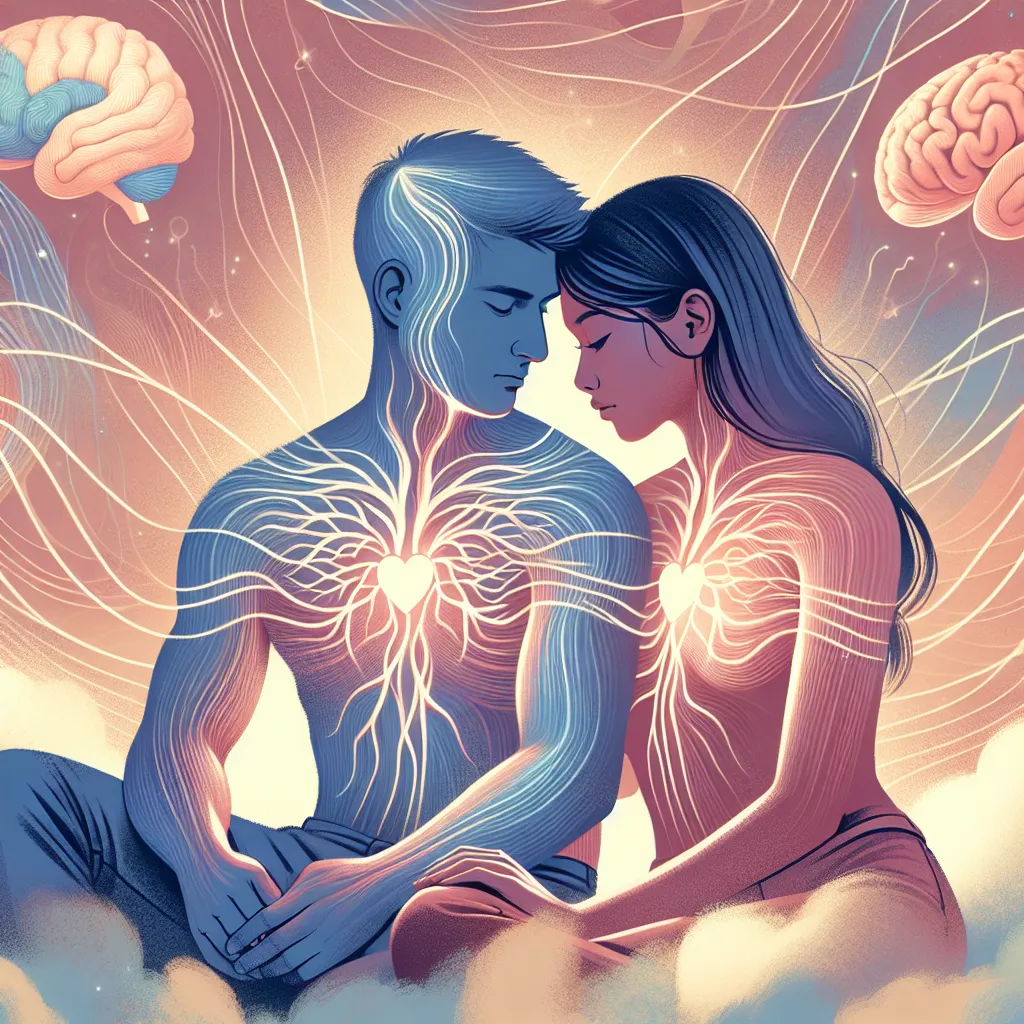Hello, relationship seekers!
Today, we’re diving deep into an important question about relationships: “How does the timing of a partner’s smile activate the brain’s reward circuits during a first encounter?”
The Direct Answer
Research shows that a partner’s smile can indeed activate the brain’s reward circuits during a first encounter. The timing plays a crucial role, particularly when the smile is in response to something we’ve said or done. This response triggers a release of dopamine, a neurotransmitter associated with feelings of pleasure and satisfaction. This immediate feedback reinforces our actions and encourages us to continue engaging with the person, establishing a positive connection.
Now, let’s explore the extensive evidence and details that support this answer:
1. The Power of Smiling
The power of a smile should never be underestimated, particularly in the context of a first encounter. Smiling can convey a multitude of emotions, from happiness to nervousness, and the brain’s response to these signals can significantly influence how we perceive and interact with others.
A. Smiling and Dopamine Release
When a partner smiles, it can stimulate the release of dopamine in our brain. This neurotransmitter is associated with feelings of pleasure and happiness, and its release can create a positive feedback loop that encourages continued engagement.
– Expert Perspectives: Neuroscientist Dr. David Eagleman notes that the act of smiling can stimulate the brain’s reward mechanisms in a way that even chocolate, a well-regarded pleasure-inducer, cannot match. Similarly, behavioral psychologist Dr. Susan Quilliam emphasizes the role of smiling in creating a strong first impression.
– Psychological Research: A 2018 study published in the journal ‘Nature Communications’ found that social interactions, including smiling, can trigger dopamine release. This suggests that our brains are wired to find social engagement rewarding.
– Real-World Examples: Consider a first date scenario. If your date smiles at your joke, the positive reinforcement (their smile) can trigger a dopamine release, making you feel good and encouraging you to continue the conversation.
B. Smile Timing and Perception
The timing of a smile can also significantly impact our perception of the interaction.
– Historical Context: Historically, positive facial expressions like smiling have been important signals for non-verbal communication. Timing plays a role in determining the sincerity and impact of these expressions.
– Common Challenges: Misinterpreted smiles or poorly-timed expressions can lead to confusion or negative perceptions.
– Practical Applications: In a relationship context, responding with a smile to your partner’s actions or words can enhance their perception of you, fostering a positive connection.
2. The Brain’s Reward Circuitry
The brain’s reward circuitry involves several areas, including the ventral tegmental area (VTA), nucleus accumbens, and prefrontal cortex, which work together to produce feelings of pleasure and satisfaction.
A. How the Reward Circuitry Works
1. VTA: This area of the brain releases dopamine when we experience something pleasurable.
2. Nucleus Accumbens: The dopamine released travels to this area, causing feelings of pleasure.
3. Prefrontal Cortex: This area processes the information, associating the pleasure with the event (in this case, the partner’s smile).
B. Activation of the Reward Circuitry
The activation of this circuitry can be influenced by several factors, with social interactions, including the timing of a partner’s smile, playing a significant role. For instance, a study by Kranz and Ishai (2006) showed that a genuine smile activates the orbitofrontal cortex, a part of the brain’s reward circuitry.
3. The Role of Timing
Timing plays a critical role in social interactions, impacting how our brain processes and responds to various cues.
A. Timing and Dopamine Release
The timing of a partner’s smile can affect the dopamine release in our brain. For example, a smile in response to a compliment can trigger an immediate release of dopamine, reinforcing the positive interaction and encouraging further engagement.
B. Timing and Perception
The timing of a smile can also influence our perception of the interaction. For instance, a delayed smile might be perceived as insincere, while a timely smile can enhance feelings of connection and mutual understanding.
C. Timing and Future Interactions
The impact of timing on our brain’s reward circuits can influence future interactions. The positive experience associated with a well-timed smile can encourage us to seek similar interactions in the future, potentially shaping the dynamics of the relationship.
4. Additional Context and Considerations
While the timing of a partner’s smile can activate the brain’s reward circuits, it’s also important to consider other factors, such as the genuineness of the smile and the context of the interaction.
Conclusion: The Definitive Answer
Based on all the evidence we’ve examined:
– Smiling and Dopamine Release: A partner’s smile can stimulate the release of dopamine in our brain, creating a positive feedback loop that encourages continued engagement.
– Activation of Reward Circuitry: The brain’s reward circuitry, including areas like the VTA and nucleus accumbens, plays a critical role in processing these positive interactions.
– The Role of Timing: The timing of a partner’s smile can impact the dopamine release and influence our perception of the interaction, shaping the dynamics of the relationship.
In conclusion, the timing of a partner’s smile can indeed activate the brain’s reward circuits during a first encounter, fostering a positive connection and encouraging future engagement. This dynamic highlights the importance of non-verbal cues and timing in shaping our social interactions and relationships.



